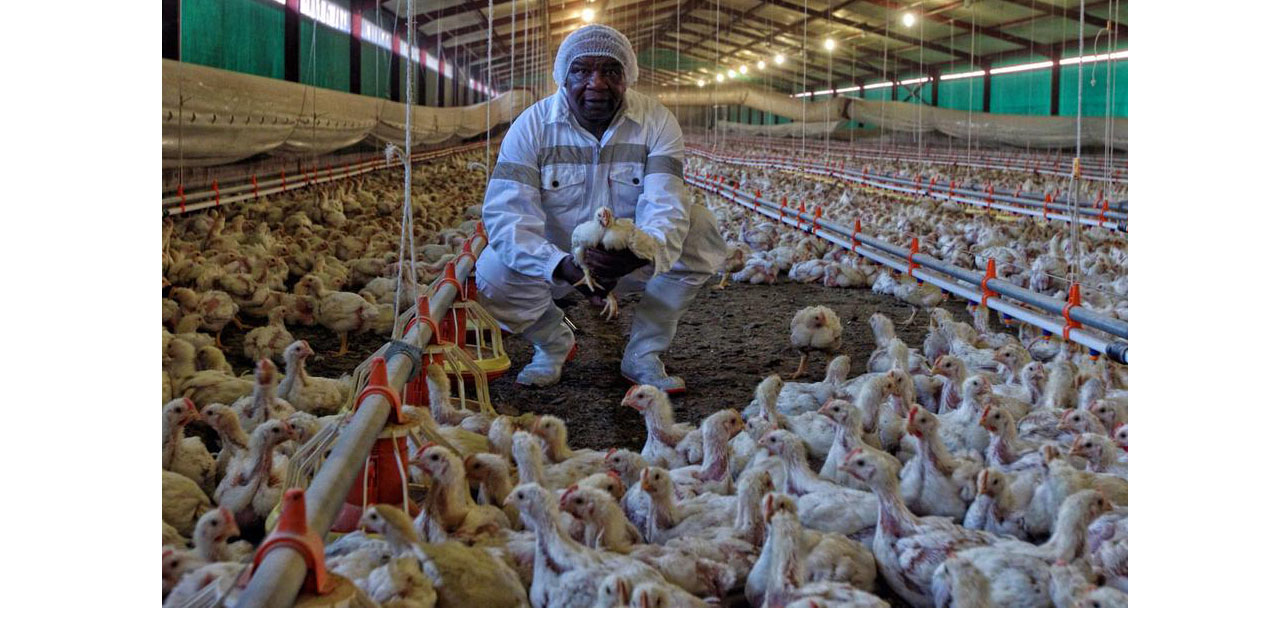Chamwe Kaira
Chicken and eggs in South Africa where Namibia imports most of its food needs have consistently posted double digit inflation rates in recent months, research by Simonis Storm Securities have shown.
One of South Africa’s largest chicken producers by revenue, Astral Foods Ltd, forecasted about N$45 million diesel expenses per month due to power outages. It cost them N$741 million in the first half to sustain their chickens for longer since load shedding caused delays in their slaughtering and so consumer prices are inflated.
“Locally, higher chicken feed and transport prices continue to raise consumer prices from domestically grown chickens,” Simonis said.
Agbiz, a prominent agricultural organization, has stated that despite the ongoing challenges caused by load-shedding, various measures have been implemented to alleviate the burden on farmers.
These measures include load curtailment, expanding the diesel rebate to the food value chain, and the recent launch of the Agro-Energy Fund.
“Although these interventions have provided some relief, the costs remain high for those who have not fully benefited from these support measures due to the need for additional mitigation measures according to Investec.”
Simonis said this slowdown in manufactured food price inflation, particularly in meat and grain mill products, along with the contraction in oils and fats prices, could lower Namibian food inflation as most of the country’s food imports come from South Africa.
“However, the weaker exchange rate poses an upside risk, potentially offsetting some of the benefits of reduced food inflation. The interplay of these factors will determine the overall impact on Namibian inflation in the coming months.”
Simonis said since 2019, profit margins for food producers in South Africa (whose products dominate Namibian shelves) have been on a declining trend, while profit margins for food retailers have been
relatively flat to declining since 2019. This indicates that retailers are passing a great deal of cost pressures onto the consumer, the report said.
Due to various factors such as inconsistent weather patterns, the deteriorating rand exchange rate, and global rice inflation, local rice inflation in Namibia is highly volatile. Namibia relies on rice imports and the global rice market has experienced a surge in prices.
Simonis said this increase can be attributed to limited supply from major rice-producing countries like Thailand, Vietnam, India, and Pakistan.
These countries, which account for more than 80% of global rice exports, have faced challenges such as floods in Pakistan, reduced access to fertilizers due to trade restrictions imposed by China, Belarus, and Russia, and trade bans on broken rice and non-basmati rice by India.
Additionally, farmers in Thailand were advised to cultivate only one crop instead of two due to decreased rainfall.




